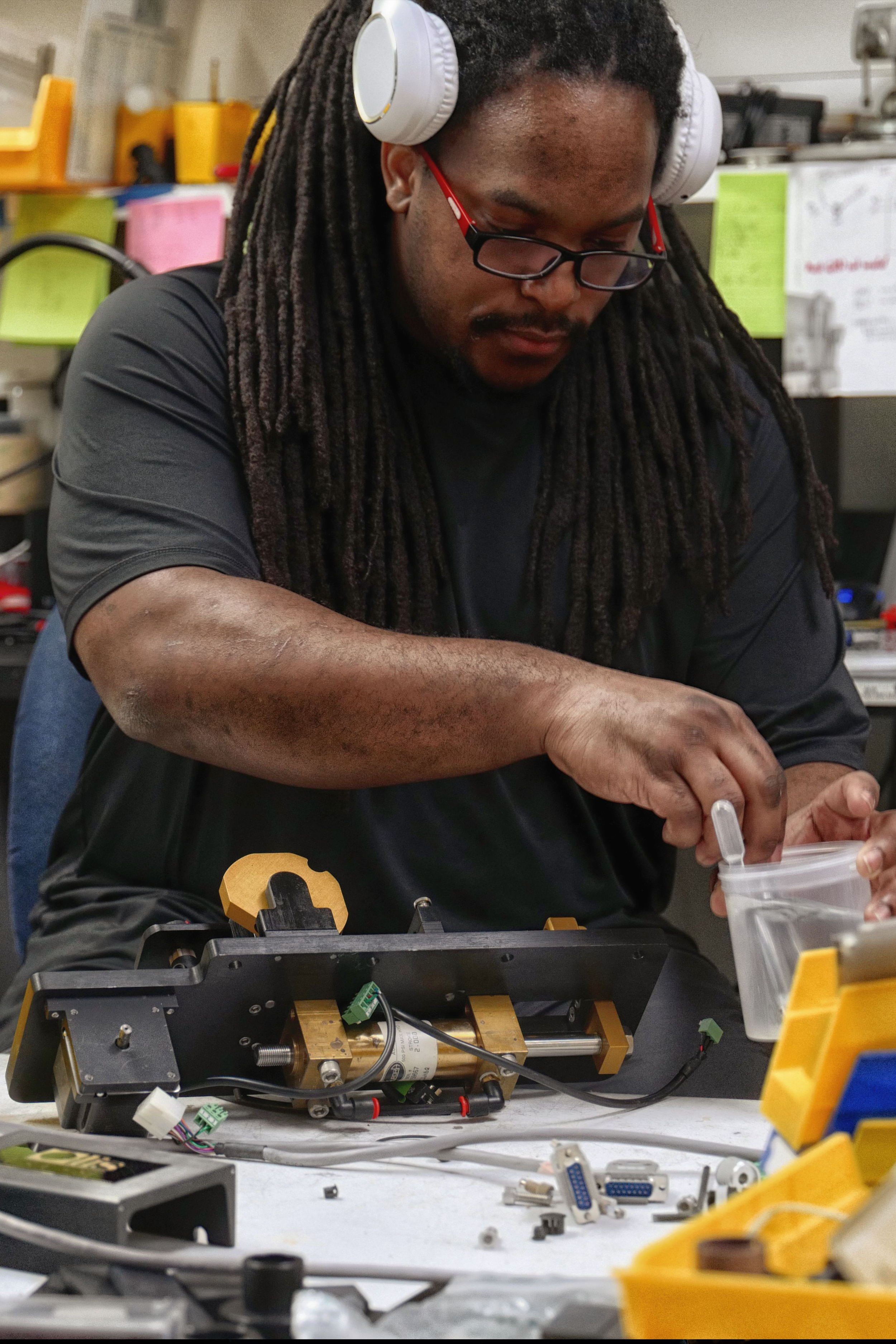Some Known Details About Uv/vis/nir
Some Known Details About Uv/vis/nir
Blog Article
Our Uv/vis/nir PDFs
Table of ContentsUnknown Facts About SpectrophotometersUv/vis/nir for DummiesExcitement About Circularly Polarized LuminescenceHow Uv/vis/nir can Save You Time, Stress, and Money.The Greatest Guide To Circularly Polarized Luminescence

Spectrophotometry is a tool that hinges on the quantitative analysis of molecules depending on how much light is absorbed by colored compounds.
Circularly Polarized Luminescence Fundamentals Explained
A spectrophotometer is commonly used for the measurement of transmittance or reflectance of services, transparent or nontransparent solids, such as polished glass, or gases. Although lots of biochemicals are colored, as in, they absorb visible light and therefore can be determined by colorimetric treatments, even colorless biochemicals can often be converted to colored substances ideal for chromogenic color-forming reactions to yield compounds appropriate for colorimetric analysis.: 65 However, they can likewise be developed to measure the diffusivity on any of the noted light varieties that typically cover around 2002500 nm utilizing different controls and calibrations.
An example of an experiment in which spectrophotometry is used is the determination of the equilibrium constant of a service. A particular chain reaction within a service might occur in a forward and reverse direction, where reactants form products and items break down into reactants. At some time, this chemical reaction will reach a point of balance called a stability point.
The Single Strategy To Use For Uv/vis/nir
The amount of light that travels through the service is a sign of the concentration of particular chemicals that do not allow light to go through. The absorption of light is due to the interaction of light with the electronic and vibrational modes of particles. Each type of molecule has an individual set of energy levels associated with the makeup of its chemical bonds and nuclei and hence will take in light of particular wavelengths, or energies, leading to special spectral properties.
They are commonly used in many markets consisting of semiconductors, laser and optical manufacturing, printing and forensic assessment, as well as in laboratories for the research study of chemical substances. Spectrophotometry is typically utilized in measurements of enzyme activities, decisions of protein concentrations, determinations of enzymatic kinetic constants, and measurements of ligand binding reactions.: 65 Eventually, a spectrophotometer is able to figure out, depending on the control or calibration, what substances are present in a target and exactly how much through estimations of observed wavelengths.
This would come as an option to the formerly produced spectrophotometers which were unable to take in the ultraviolet properly.
A Biased View of Circularly Polarized Luminescence
It would be found that this did not give satisfactory outcomes, therefore in Model B, there was a shift from a glass to a quartz prism which permitted much better absorbance outcomes - circularly polarized luminescence (http://www.cartapacio.edu.ar/ojs/index.php/iyd/comment/view/1414/0/30215). From there, Design C was born with an adjustment to the wavelength resolution which ended up having three systems of it produced
It was produced from 1941 to 1976 where the rate for it in 1941 was US$723 (far-UV accessories were an option at extra cost). In the words of Nobel chemistry laureate Bruce Merrifield, it was "probably the most crucial instrument ever established towards the advancement of bioscience." Once it became ceased in 1976, Hewlett-Packard produced the first commercially available diode-array spectrophotometer in 1979 known as the HP 8450A. It irradiates the sample with polychromatic light which the sample absorbs depending upon its homes. Then it is transferred back by grating the photodiode variety which spots the wavelength region of the spectrum. Since then, the development and application of spectrophotometry devices has actually increased profoundly and has ended up being one of the most ingenious instruments of our time.

3 Easy Facts About Spectrophotometers Explained
Historically, spectrophotometers utilize a monochromator containing a diffraction grating to produce the analytical spectrum. The grating can either be movable or repaired. If a single detector, such as a photomultiplier tube or photodiode is used, the grating can be scanned step-by-step (scanning spectrophotometer) so that the detector can measure the light intensity at each wavelength (which will represent each "step").
In such systems, the grating is repaired and the strength of each wavelength of light is measured by a different detector in the variety. When making transmission measurements, the spectrophotometer quantitatively compares the fraction of light that passes through a recommendation option and a test option, then electronically compares the intensities of the two signals and computes the percentage of transmission of the sample compared to straight from the source the referral standard.

Report this page